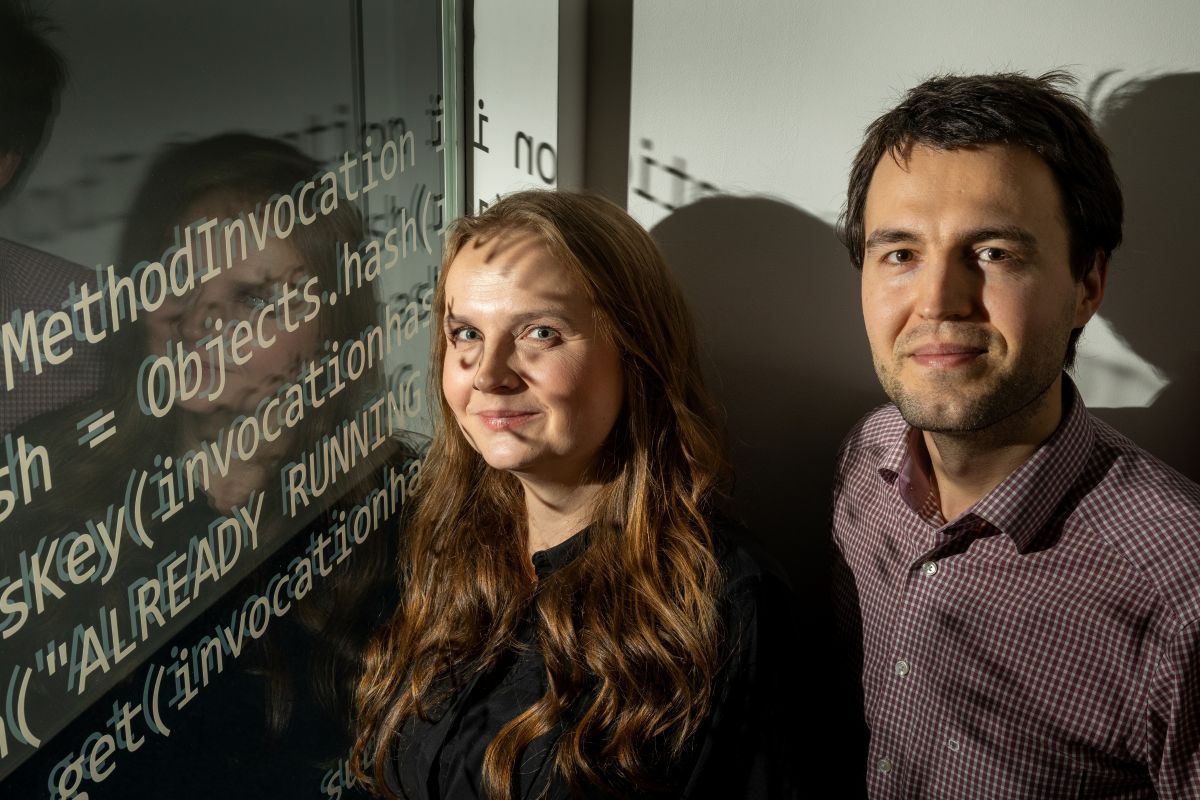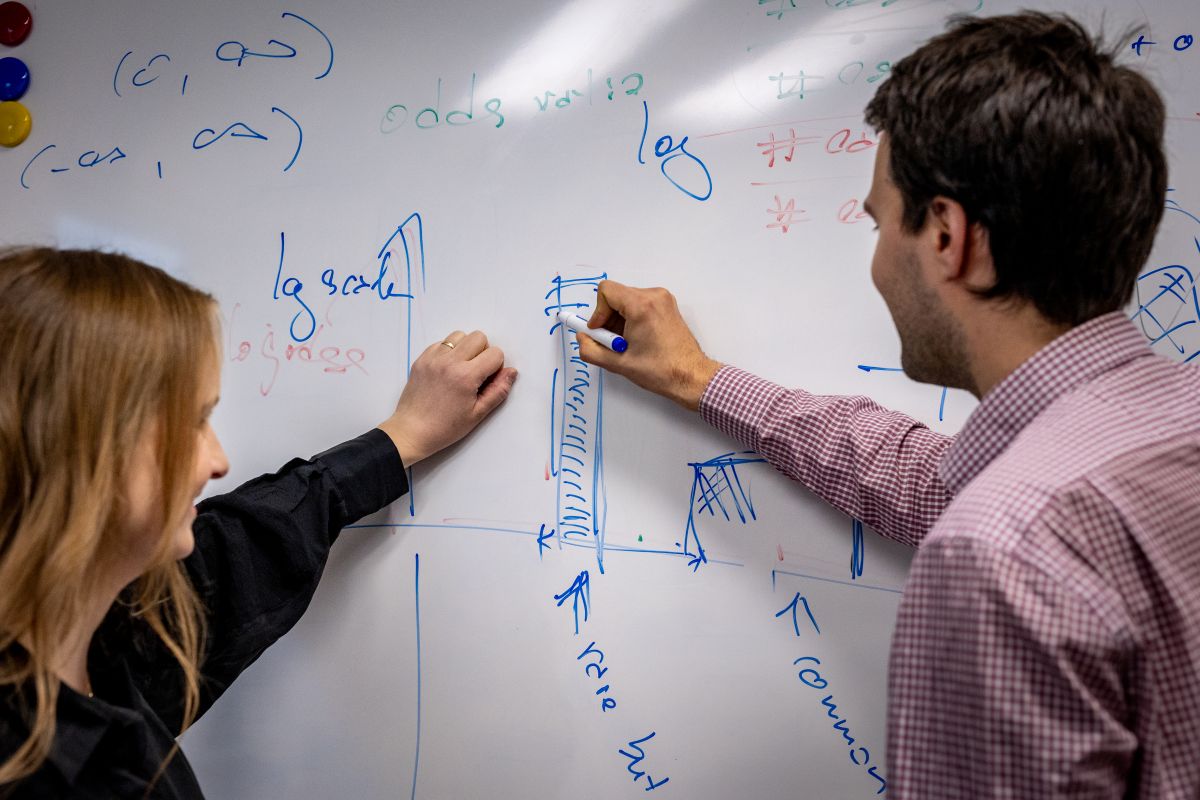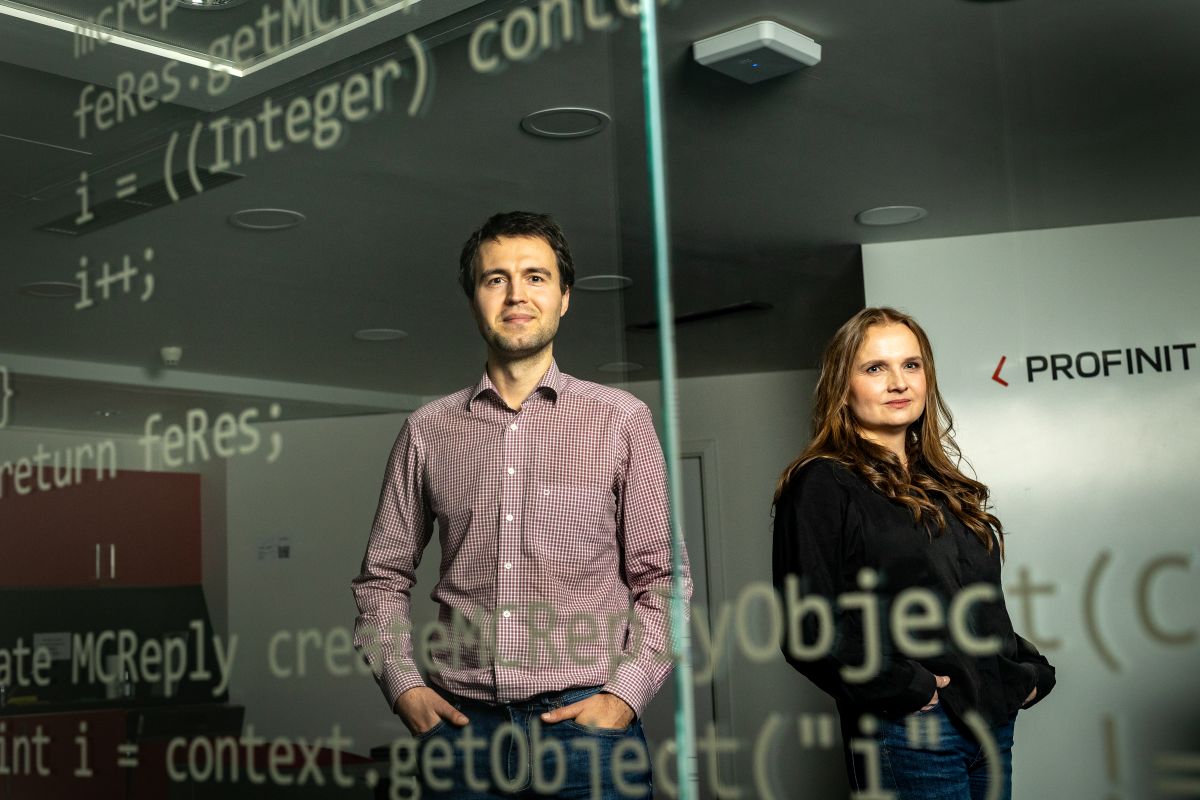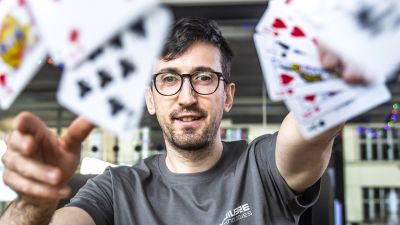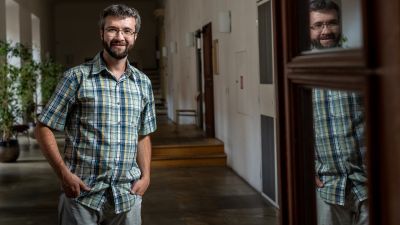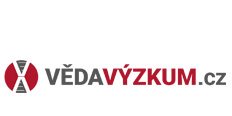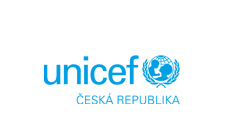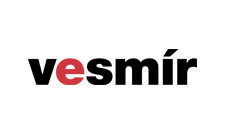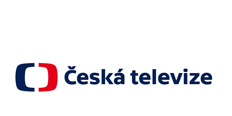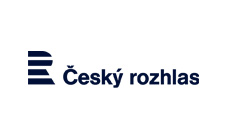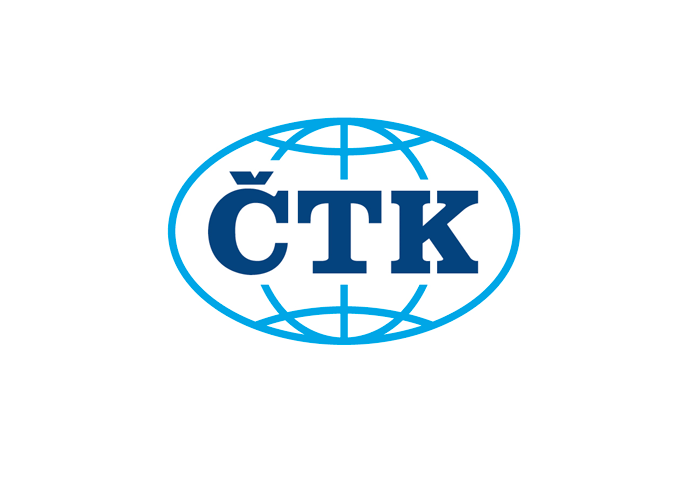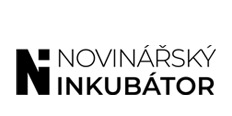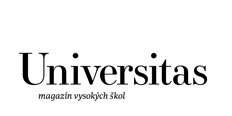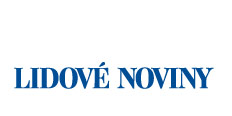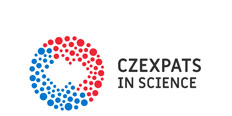Data science is sometimes called the most interesting profession of the 21st century. Data is all around us, and by using it wisely, we can improve the lives of individuals and society as a whole. That it is a complex and diverse field with a bright future is confirmed by Irena Holubová of the Faculty of Mathematics and Physics at Charles University and Dominik Matula from the company Profinit.
What exactly should we imagine under the term “data science”?
Dominik Matula (DM): It’s a highly interdisciplinary field that combines methods from statistics, machine learning, and data analysis with interpretation and visualization – all with the goal of extracting knowledge and insights, often from very large and complex datasets. Data science is essentially a bridge between people and the information hidden in their data. Data scientists help discover and unlock this wealth.
Irena Holubová (IH): A data scientist is a bit like a Renaissance person – or a decathlete – who reaches results by combining different areas of expertise. Often, more than one person works on a project, with each covering a particular aspect of data analysis.
The collaboration between the Faculty of Mathematics and Physics (MathPhys) and Profinit started with a joint project supported by the Technology Agency of the Czech Republic. What were your expectations?
DM: Profinit’s motto is “We are professionals in IT.” We pursue that not only through the continuous education of our employees, but also through collaboration with universities. Partnering with academia is absolutely essential for us to keep developing our expertise and provide better services to our clients.
IH: Our motivation, on the other hand, was to combine our academic expertise in data analysis with Profinit’s valuable real-world experience, and to apply this mix to real data.
You analysed heavily anonymised banking data. What exactly was the aim?
IH: We wanted to explore what could be learned from basic user banking data by applying algorithms from areas such as data similarity or social network analysis – so that banks could provide better services to their clients.
DM: Banks typically face two challenges: accurately estimating risk, and offering their clients better, ideally personalised, services. That’s the only way to keep clients satisfied and loyal. Nobody wants to be bombarded with irrelevant ads. But if you’ve just bought a plane ticket, chances are you’re traveling abroad, so an offer for travel insurance might be very relevant. These kinds of clues can be numerous. And that’s just for individual events. Even more interesting is studying direct or indirect interactions between clients and building a kind of pseudo-social network from them.
What were you able to discover?
DM: First, it’s important to stress that the data was very thoroughly anonymised. Even so, interesting patterns emerge. Every banking activity creates a kind of relationship, and when these repeat, they reveal connections. For example, if we both have lunch at the same restaurant and pay by card one after another, that’s weak evidence that we might know each other – maybe colleagues. It could, of course, be coincidence. But if it happens repeatedly, we can be fairly certain. There are many such examples. One particularly useful finding was the ability to detect households. For banks, that’s very valuable, because it helps protect clients from over-indebtedness.
IH: We could also identify patterns in ATM withdrawals. For instance, the ATM near Prague Zoo is used most heavily on weekends, primarily by families with children spending the day there. ATMs near bars, on the other hand, see peak use at night, mostly by young people out for entertainment. By contrast, at the main train station, withdrawals are spread across nearly all groups. From these patterns, you can reconstruct social connections and even predict client behaviour. This was only a research project, but it demonstrated the potential of such approaches.
A “by-product” of the collaboration was the course Data Science, which attracts students from across faculties. How does it work?
IH: The course wasn’t part of the original plan. But as we worked on the project, we saw how well MathPhys and Profinit complemented each other. This year we ran the course for the fourth time, and enrolment keeps growing. The mix of real-world experience with academic knowledge is enriching for both sides. More than half the lectures are given by industry professionals, sharing real experiences you won’t find in textbooks. We also want to show the full diversity of the field. A core part of the course is the student’s own data science project, for which they receive detailed feedback.
How do you see the future of data science?
DM: With the development of new technologies, including AI, I think data will become more accessible and more widely used. Data is an incredibly rich source of information that is still underutilised. There are many areas where data analysis is barely applied at all. I also don’t believe technology will ever fully replace data scientists. Human expertise will always be needed – to choose the right tools, to ask the right questions – and that comes only with education and practice.
IH: NPeople often don’t realise just how much freely available data exists about them. But it shouldn’t be seen as a threat. If you behave responsibly, there’s no reason to be afraid. Within the EU, we’re also protected by many regulations. On the contrary, greater use of data will bring advantages both for individuals and for companies, which will be able to offer higher-quality and more personalised services.
| doc. RNDr. Irena Holubová, PhD |
| Researcher at the Department of Software Engineering of the Faculty of Mathematics and Physics, Charles University. Her main research interests are modern database systems and processing of large, especially multi-model, datasets. Author of more than 130 scientific publications, recipient of several awards, and principal investigator or co-investigator of projects funded by the Czech Science Foundation and the Technology Agency of the Czech Republic. She has held research fellowships at La Trobe University in Melbourne, Australia, and the University of Helsinki, Finland. She has also served as a visiting professor at the Regensburg University of Applied Sciences and the University of Passau, Germany. |
| Mgr. Dominik Matula |
| Graduate of of the Faculty of Mathematics and Physics, Charles University, with a focus on mathematics. Since 2017, he has worked as a Data Scientist at Profinit, specializing in dynamic pricing and fraud detection. His interests also include data visualization. Profinit is a leading IT services provider, delivering projects in software development, AI, data science, and information management across eight European countries. |


